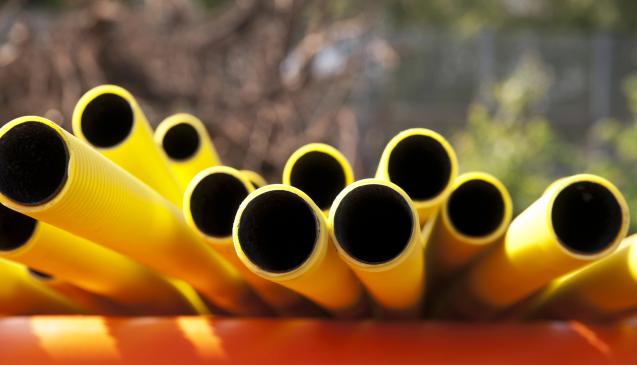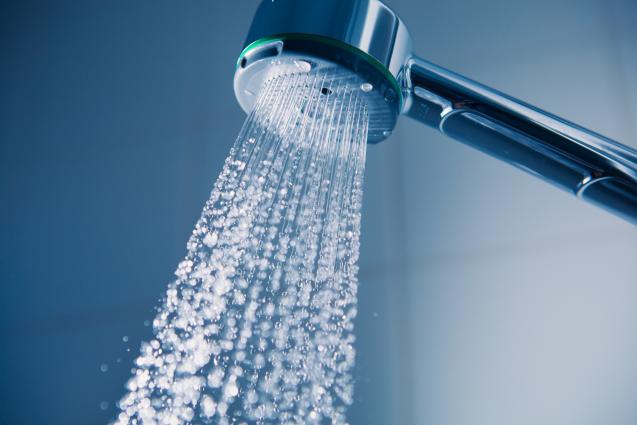
Signs of a Gas Leak and What to Do Next: A Comprehensive Guide
Common Signs of a Gas Leak
Gas leaks, while hazardous, fortunately often present noticeable signs that indicate a problem. The most distinctive signal is the scent of rotten eggs. Natural gas in its pure form is odourless; however, gas companies add a chemical called mercaptan that gives it this unique smell to help identify leaks.
Another common indication of a gas leak is a hissing or whistling noise near gas appliances or lines. This sound suggests that gas might be escaping from a pipe or connection point.
Additionally, an unusual increase in gas bills can be a red flag. If you notice a spike in your gas costs without a corresponding increase in usage, this could be indicative of a leak somewhere in your system.
Dead or dying vegetation around gas pipelines is another warning sign. While gas leaks underground may not always be immediately noticeable, they can affect plant life, causing grass and plants near the leak to wither or die.
Health Symptoms Related to Gas Exposure
Prolonged exposure to gas leaks can lead to several health issues. One of the most common symptoms is headaches, often accompanied by dizziness or lightheadedness. These symptoms frequently occur because gas displaces oxygen, reducing the amount available to the brain.
Nausea and vomiting are also common health effects related to gas exposure. These symptoms can range from mild to severe, depending on the level and duration of exposure.
Another potential health risk is breathing difficulties. Inhalation of gas can irritate the respiratory system, leading to shortness of breath or a feeling of tightness in the chest.
Fatigue and confusion are further indicators of gas exposure, resulting from reduced oxygen levels and the toxic effects of inhaling natural gas or carbon monoxide, a by-product of incomplete gas combustion.
Immediate Actions to Take If You Suspect a Gas Leak
If a gas leak is suspected, taking prompt action is crucial for safety. The first and foremost step is to evacuate the area immediately. Avoid spending any more time in the vicinity than necessary.
It's essential to avoid using electrical devices or open flames. Turning on lights, using electronics, or lighting a match can create sparks that might ignite the gas.
If you can locate the main gas shut-off valve safely, turn it off to stop the gas supply. This step can help mitigate the leak until professional help arrives.
Finally, contact your gas company or emergency services for assistance. Provide them with detailed information about the situation to ensure they can respond appropriately and quickly.
Preventive Measures to Avoid Gas Leaks
Regular maintenance and inspection of gas appliances are fundamental in preventing gas leaks. Professional inspections can identify potential issues before they become serious problems.
Installing carbon monoxide detectors in areas with gas appliances is another crucial preventive step. These detectors alert you to the presence of carbon monoxide, a dangerous gas produced by faulty gas appliances.
Ensuring proper ventilation in areas with gas appliances aids in preventing the build-up of gases. Good airflow can help dissipate any small amounts of leaked gas before they become hazardous.
Awareness and training on gas safety for all household members are essential. Educating everyone on identifying signs of a gas leak and how to respond can save lives.
What Not to Do During a Gas Leak
Certain actions can exacerbate the danger during a gas leak. It is imperative not to attempt to locate the source of the leak yourself. Professionals have the appropriate equipment and expertise to handle this safely.
Avoid turning electrical switches on or off. Electrical sparks can ignite the leaking gas, causing an explosion.
Using mobile phones or other electronic devices inside the house during a suspected gas leak is also a no-no. These devices can generate sparks that might ignite the gas.
Smoking or using open flames should be strictly avoided. Even the smallest spark or flame can lead to a dangerous ignition of the gas.
Conclusion
Recognising the signs of a gas leak and understanding the health symptoms related to gas exposure are essential for household safety. Taking immediate steps for gas leaks, such as evacuating the area, avoiding electrical devices, shutting off the gas supply if possible, and contacting emergency services, can prevent severe accidents and ensure everyone's safety.
Preventive measures, including regular maintenance, installation of carbon monoxide detectors, ensuring proper ventilation, and educating household members about gas safety, are vital in avoiding gas leaks. It's equally important to know what actions to avoid during a gas leak to prevent exacerbating a potentially dangerous situation.
In summary, maintaining vigilance, practicing preventive measures, and reacting swiftly and appropriately in the event of a gas leak can protect lives and property. Ensuring regular inspections and staying informed about gas safety protocols will help create a safer home environment. Always remember, when in doubt, contacting a professional is the best course of action to handle gas-related concerns effectively.



